Islands of Ireland: Monastery, fortress, prison, tourist destination... the many lives of Spike Island
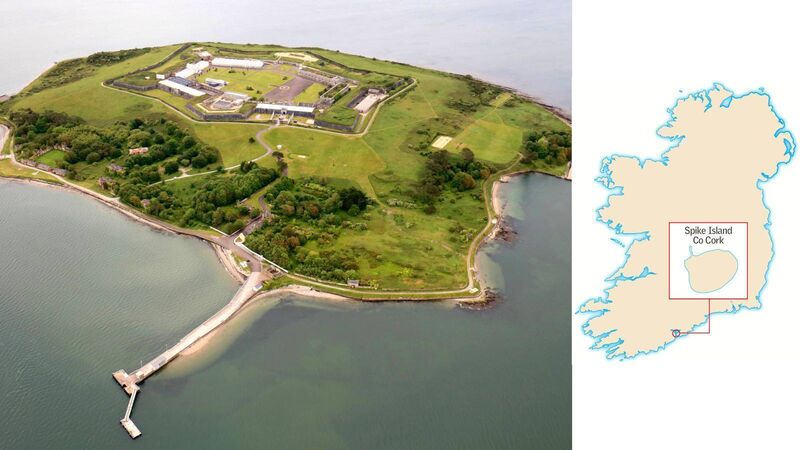
In the last 1,300 years Spike Island's rich history has included monks and monasteries, rioters and redcoats, captains and convicts and sinners and saints. Picture: Skytec & Spike Island Development Company
This is an island that has had more disguises than Sherlock Holmes and more mysteries than the fictional creation of Arthur Conan Doyle could ever have solved.
Its first major use came in the 7th century when St Mochuda (Carthage) set up a monastery in 635. The island’s official website provides a fascinating glimpse as to the significance of the monastery: “It is believed a very important ecclesiastical document called the ‘Liber de ordine creaturarum’ was written on the island. It has been described as “a work of magnificent conception … intertwining spacial and temporal dimensions, it is a bold attempt at describing God’s grand plan for the universe he created…”.
The website speculates that the document may have survived the major upheaval in the late 1700s in the construction of Fort Mitchel by the British. Somewhere beneath the soil may lurk an ancient manuscript with the secrets of the universe therein.
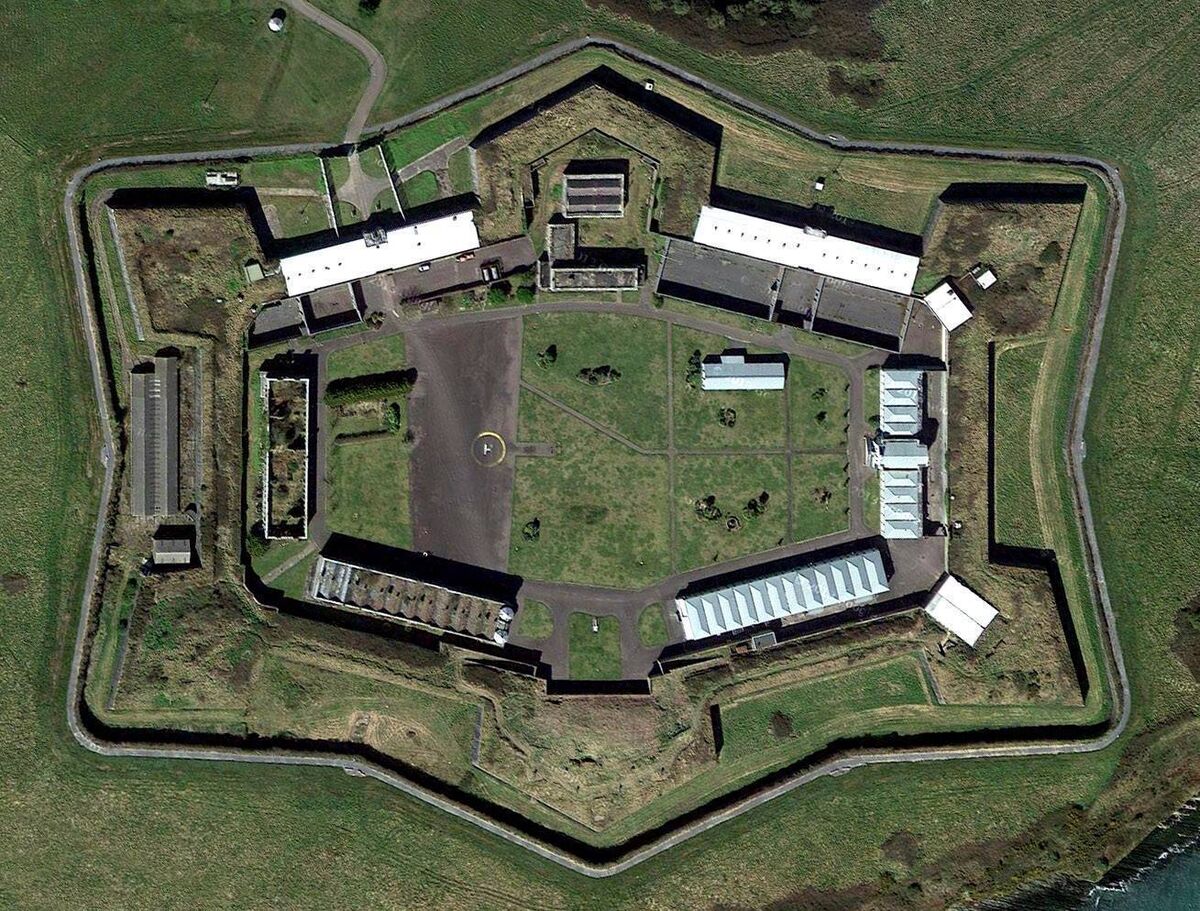
One of the major strategic ports of the British Empire, the location of the island at the mouth of Cork Harbour is a military planner’s dream: control the mouth of the harbour and you control the city... control the city and you control a lot of the hinterland. In addition to a significant battery pointed straight out to sea, the Spike Island fortress of Fort Mitchell (formerly Fort Westmoreland) was augmented by Camden Fort Meagher at Crosshaven and Fort Davis at Whitegate. Fort Mitchel was begun in 1804 on the previous Fort Westmoreland and expanded to 24 acres in a giant star shape.
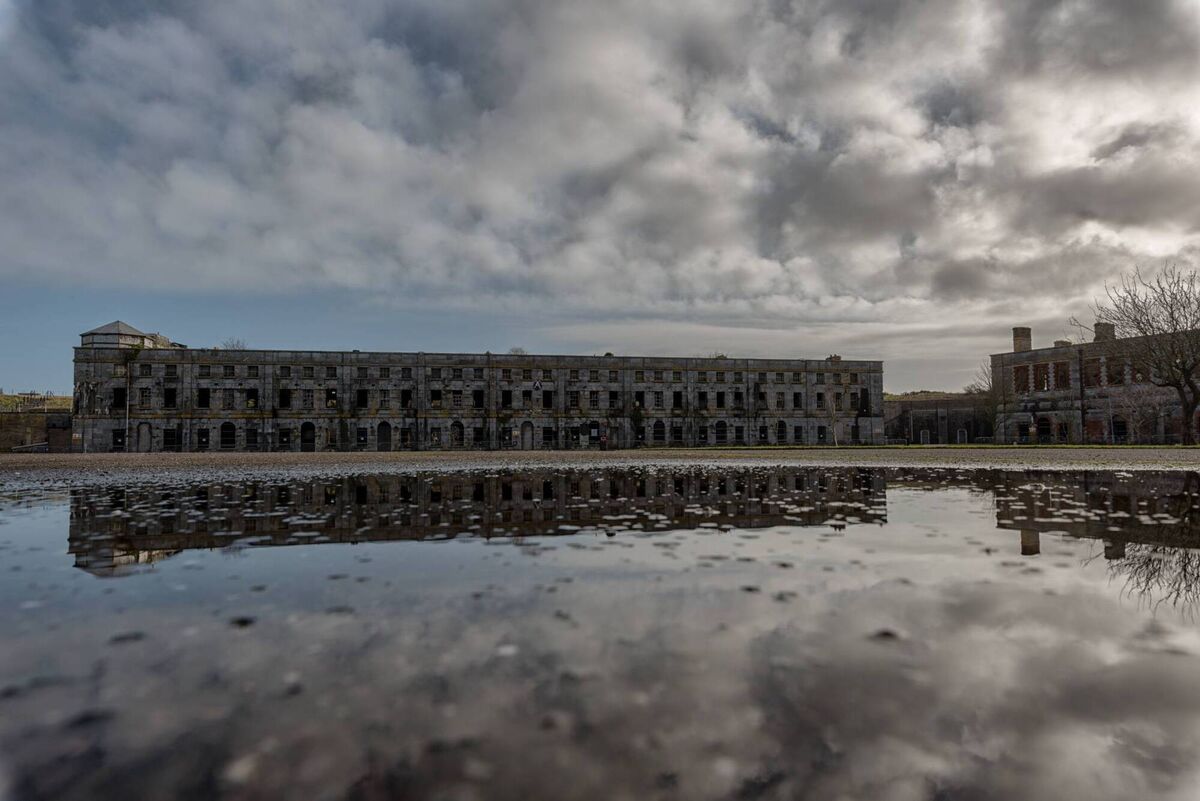
Prior to this period the island was used as a prison in the mid-17th century in the Cromwellian wars. Again in the Famine years it was used as a prison with deportations to the West Indies and Tasmania among the choice destinations on offer for the convicts. The number living on the island expanded from 202 in 1841 to a peak of 2323 in 1851 as the prison population swelled. This prison closed in 1883 but not before the blood, sweat and tears of the inmates helped to expand the fort’s fortifications.
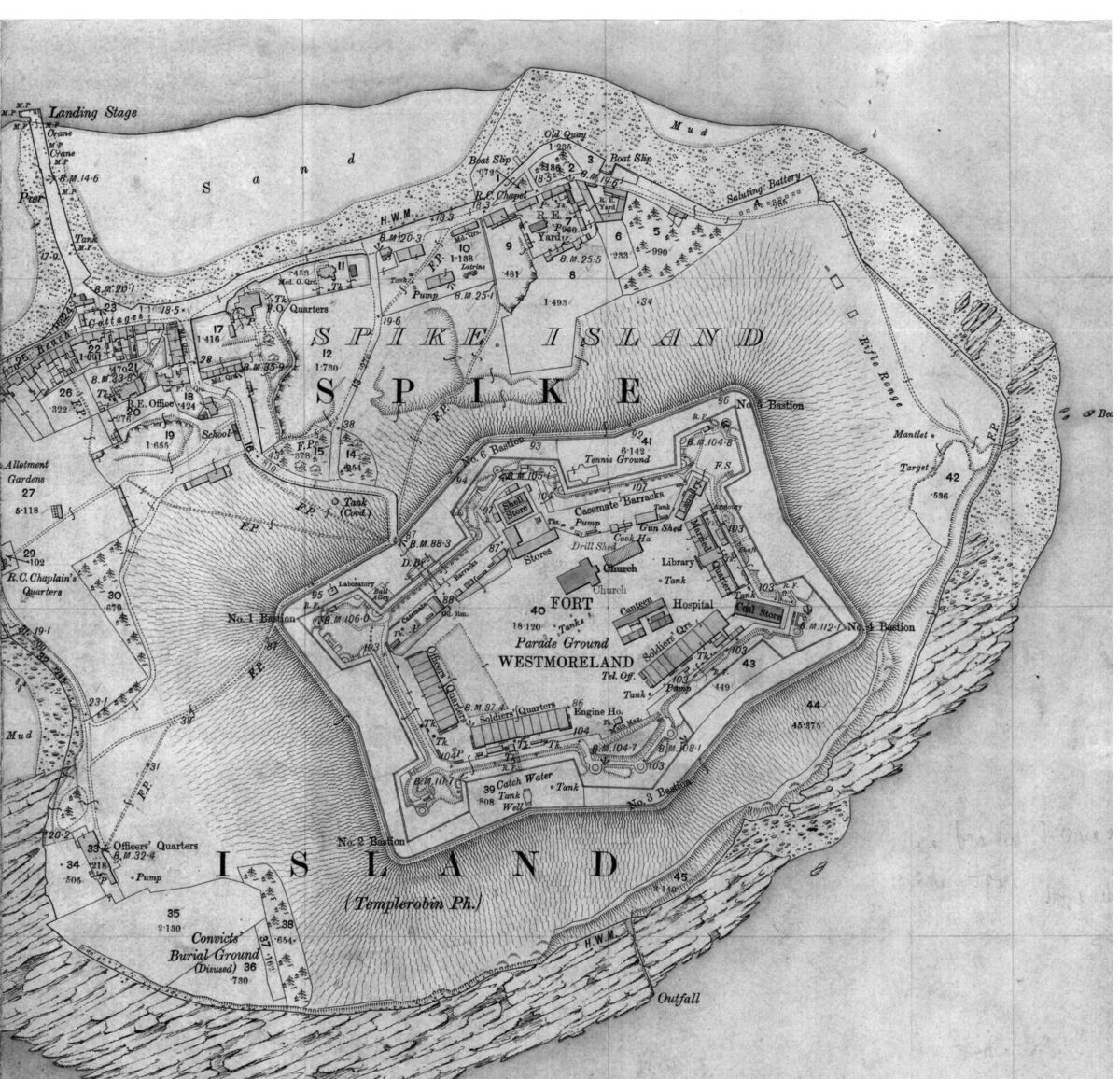
The former military complex was handed over, 17 years after independence, to the Irish state in 1938 as the British negotiated for the retention of Spike Island along with bases at Lough Swilly and Bere Island (the Treaty ports). Winston Churchill had demanded that the vitally important bases be kept under British control but he finally ceded them in 1938 after negotiations with de Valera.
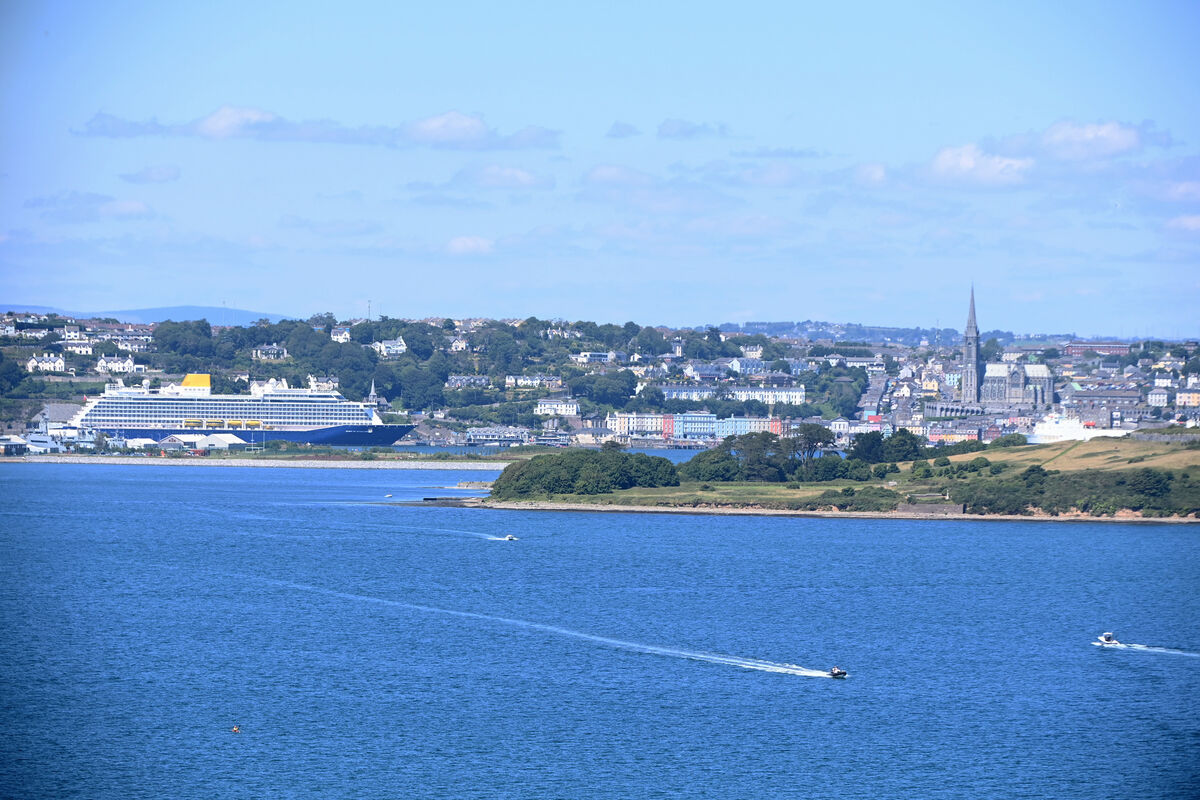
In 1985 the old barracks were converted into a prison — but a few months after the opening the efficacy of such a move was called into question when the prisoners rioted and took over the entire island. The riot eventually fizzled out but not before doubts about its viability occurred. It is Ireland’s Alcatraz and like that San Francisco jailhouse, no longer houses prisoners. It operated until 2004 before being closed.
The island was to undergo another major transformation in 2010 when responsibility for it was handed over to Cork County Council and in 2016 the museum and island tours opened. The island had changed character yet again. Since its inception the museum has hosted several exhibitions on Spike Island including one on the handover of the island and the story of the prison. The ongoing reinvention of the island, from a monastic base, to a military fortress to a prison to award-winning tourist centre has continued with an annual crime fiction conference. What better place to have it. All the hard work paid off in 2017 with the naming of Spike as Europe’s leading travel attraction in the World Travel Awards.
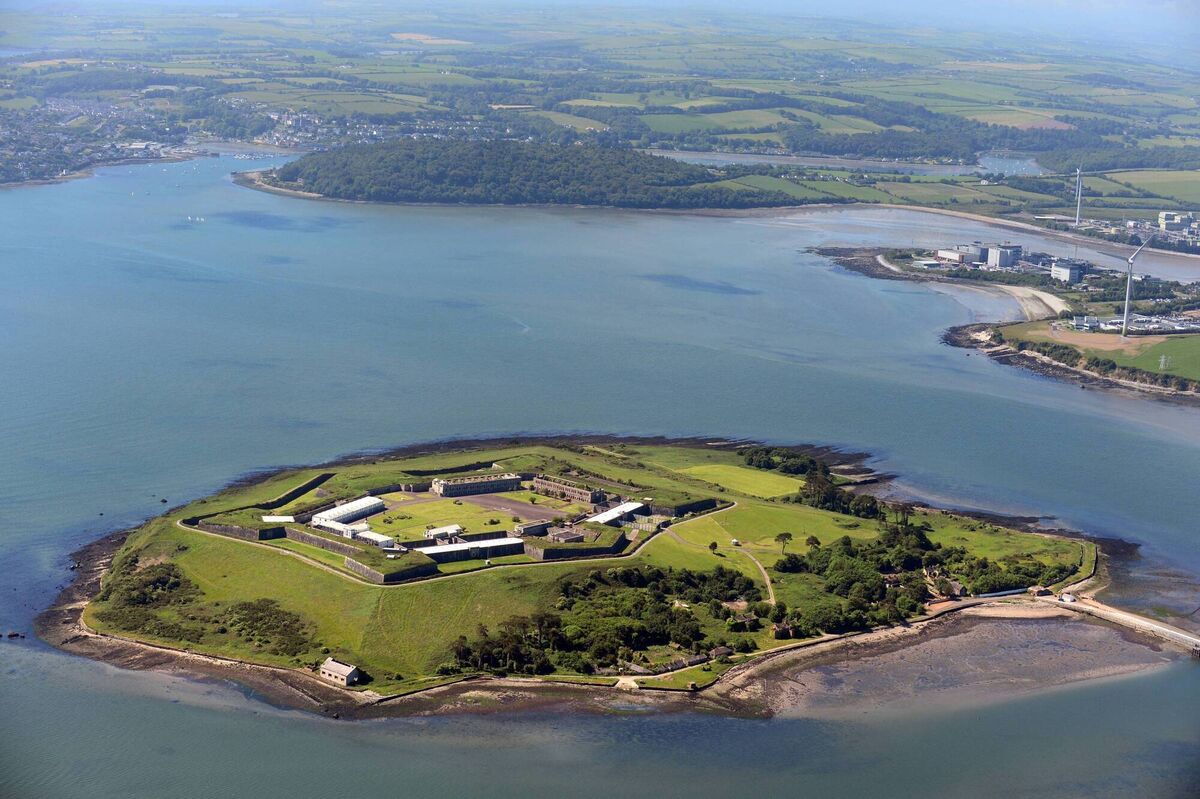
Spike is one of about 20 islands in Cork Harbour. The estimate comes from geographical definition as some are now attached to the mainland by road or causeway (Little Island, Great Island) or have become fully grafted on to the mainland (Weir Island).
Spike is derived from Inis Píc whose meaning is uncertain. It has been suggested that it came from a corruption of Inis Easpoig, after St Mochuda’s church. Other iterations of the name were Inispich in 1199, Spil Island in 1695, and Oileán na Spíce in 1798.







